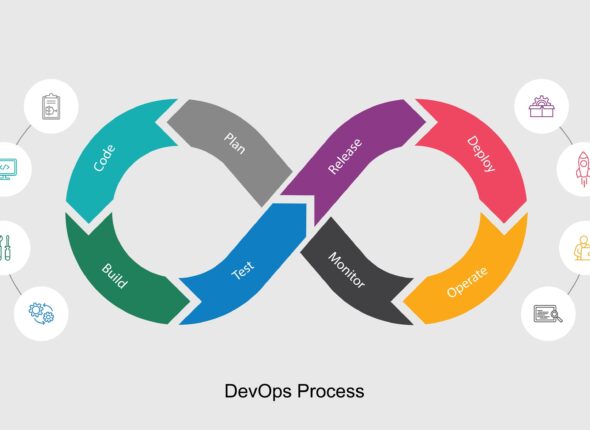Currently Empty: $0.00
- Description
- Curriculum
- FAQ
- Reviews
Course Objectives:
By the end of this course, you will be able to:
- Recognize Common Cyber Threats: Identify phishing emails, malware, and other social engineering tactics.
- Create and Manage Strong Passwords: Understand the importance of password security and learn how to create and store them safely.
- Handle Sensitive Information Securely: Know how to protect confidential data when working online and offline.
- Practice Safe Internet Habits: Understand the risks of certain websites and downloads and how to browse safely.
- Report Suspicious Activity: Learn how and when to report potential security threats to the appropriate channels.
Target Audience:
This course is designed for all employees within the organization, regardless of their technical skills or department. It is essential for anyone who uses a computer, email, or the internet as part of their work.
- Small and Medium-Sized Enterprises (SME) employees: Individuals who are ultimately responsible for the security and success of their business and need a practical understanding of cybersecurity risks and mitigation strategies at their desk.
- Managers and Department Heads: Leaders who oversee teams and handle sensitive data and need to understand their role in maintaining a secure environment.
- Freelancer /Remote Workers: Aspiring freelancers and gig or remote staff of organizations who has to build security into work from the ground up.
- Anyone in a Decision-Making Role Regarding Business Operations and Technology: Individuals who contribute to strategic decisions that impact the security and resilience of the organization.
Module 1: Why Security Matters & Your Role
Module 2: Spotting Common Scams & Threats
Module 3: Protecting Your Logins
Module 4: Safe Online & Offline Habits
Module 5: Handling Information & Reporting Issues
Module 6: Key Takeaways
Why is cybersecurity training important for me as an employee?
You are the first line of defense for our organization. Cybercriminals often target employees through tactics like phishing, as it's easier to exploit human error than to bypass complex security software. Your awareness and a few simple habits can prevent data breaches, protect our company, and secure your personal information.
What is a phishing email, and how can I spot one?
A phishing email is a fraudulent message designed to trick you into revealing sensitive information, like passwords or bank details, or to install malware. You can spot one by looking for these red flags:
Urgency: The message creates a sense of panic or urgency ("Your account will be suspended!").
Grammar Errors: It contains misspellings or poor grammar.
Unusual Sender: The email address looks suspicious, even if the display name is a known colleague or company.
Suspicious Links: The link text looks legitimate, but when you hover over it, the actual URL is different.
Urgency: The message creates a sense of panic or urgency ("Your account will be suspended!").
Grammar Errors: It contains misspellings or poor grammar.
Unusual Sender: The email address looks suspicious, even if the display name is a known colleague or company.
Suspicious Links: The link text looks legitimate, but when you hover over it, the actual URL is different.
A phishing email is a fraudulent message designed to trick you into revealing sensitive information, like passwords or bank details, or to install malware. You can spot one by looking for these red flags: Urgency: The message creates a sense of panic or urgency ("Your account will be suspended!"). Grammar Errors: It contains misspellings or poor grammar. Unusual Sender: The email address looks suspicious, even if the display name is a known colleague or company. Suspicious Links: The link text looks legitimate, but when you hover over it, the actual URL is different.
A phishing email is a fraudulent message designed to trick you into revealing sensitive information, like passwords or bank details, or to install malware. You can spot one by looking for these red flags:
Urgency: The message creates a sense of panic or urgency ("Your account will be suspended!").
Grammar Errors: It contains misspellings or poor grammar.
Unusual Sender: The email address looks suspicious, even if the display name is a known colleague or company.
Suspicious Links: The link text looks legitimate, but when you hover over it, the actual URL is different.
Urgency: The message creates a sense of panic or urgency ("Your account will be suspended!").
Grammar Errors: It contains misspellings or poor grammar.
Unusual Sender: The email address looks suspicious, even if the display name is a known colleague or company.
Suspicious Links: The link text looks legitimate, but when you hover over it, the actual URL is different.
What should I do if I receive a suspicious email?
Do not click on any links, open any attachments, or reply to the email. Instead, report it immediately to the IT or security department. If you are unsure, it is always better to be safe than sorry.
Please, login to leave a review




